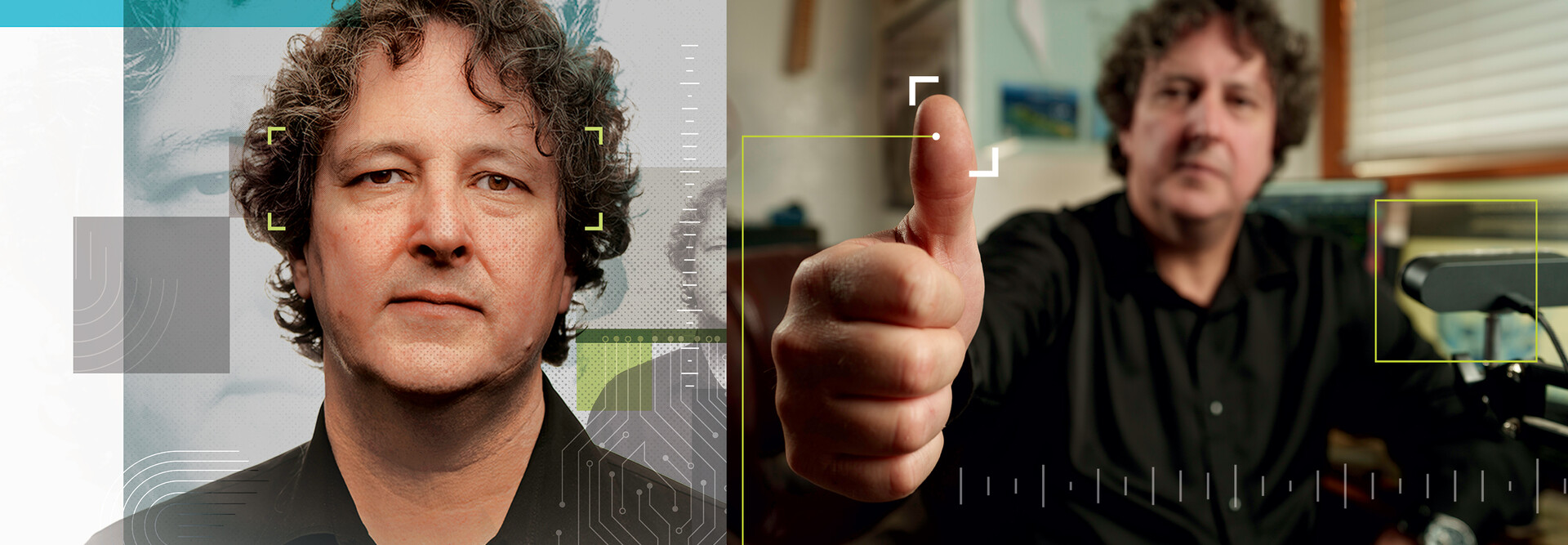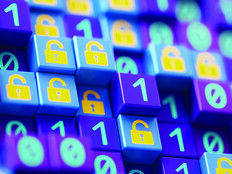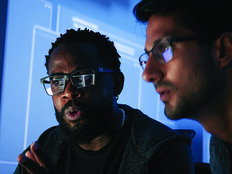While users may have initially viewed multifactor authentication as an inconvenience, recent tech advancements have helped drive adoption of MFA solutions, says Bob O’Donnell, president and chief analyst at technology consulting firm TECHnalysis Research.
“We’ve had the addition in the past several years of significantly better biometrics — fingerprints, face recognition,” O’Donnell says. “A number of technologies have come together to allow the capabilities. We’ve also seen MFA support being integrated into more digital solutions. There is a much wider array of choices from commercially available systems.”
A Variety of MFA Tools
U.S. Army soldiers, civilian employees and contractors, using the Army Azure Virtual Desktop, can now turn their personal laptop, desktop or tablet into a Windows 11 virtual machine and access the Army’s network remotely.
Users log in with their Army 365 credentials; the Army can’t access personal data on the device during the encrypted transmission, and users can’t download and store government data.
Okta introduced Okta for U.S. Military in 2022, a cloud-native identity environment that was built on Amazon’s AWS GovCloud for DoD Controlled Unclassified Information data, which requires Impact Level Four protection.
Users with or without a Common Access Card — the standard ID for uniformed, active-duty service personnel, which provides building and DOD computer system entry — can securely access mission-relevant resources across different platforms and devices, Okta says.















